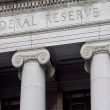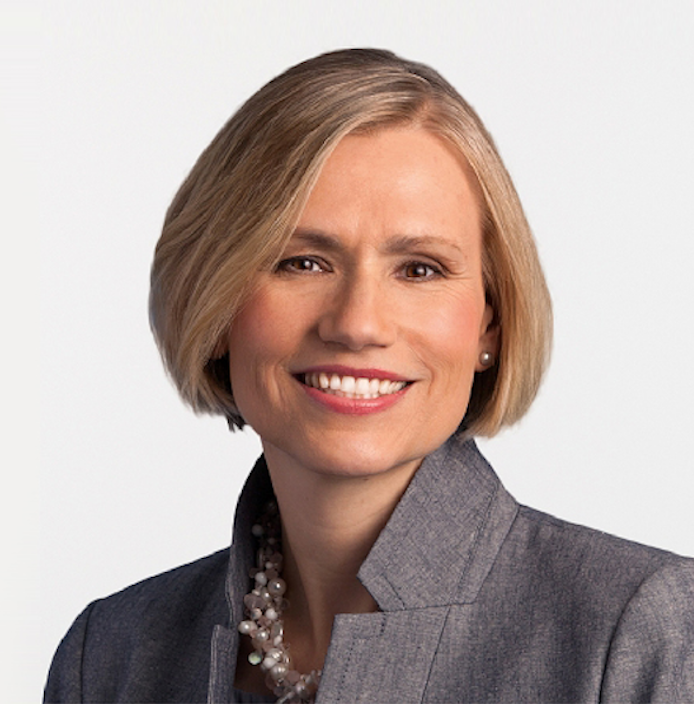Is the world shifting from connection to economic protection?
by Kristina Hooper, Global Market Strategist, Invesco Ltd., Invesco Canada
Last week offered some stark reminders that we live in a very global and interconnected world. Given how interwoven our international relationships have become, the current trend toward de-globalization carries with it many consequences — and protectionism could become the biggest economic risk of them all.
The U.S. dollar declines, to Europe’s concern
The U.S. dollar attracted international attention last week when U.S. Treasury Secretary Steven Mnuchin, while at the World Economic Forum in Davos, extolled the virtues of a weak currency: “A weaker dollar is good for us as it relates to trade and opportunities.” This came as a surprise to many, given the agreement countries have made to not specifically “talk their book” with regard to currencies; currency markets reacted by sending the U.S. dollar even lower. Conversely, the price of gold rose, presumably on concerns about dollar devaluation. A weak dollar certainly has some distinct benefits, most notably boosting the attractiveness of U.S. goods overseas. However, it carries with it some significant and less desirable consequences.
One consequence is that the U.S. becomes a less desirable destination for foreign investment. After all, even if an underlying investment rises in value, if the currency it is denominated in falls in value, then the actual investment return for a foreign investor can be much lower. Foreign investors might find other securities and debt instruments more attractive, even if their returns are lower, if they believe the currency they are denominated in is stable or, better yet, strengthening.
Another consequence is that other central banks become worried that their respective currencies are appreciating in value, making their exports to other countries less competitive. In addressing the consequences of a weaker U.S. dollar relative to the euro, European Central Bank (ECB) President Mario Draghi seemed to warn that the ECB would endeavour to devalue the euro if the U.S. tries to devalue its currency. He also reminded that a strong euro can make it more difficult for the ECB to achieve its inflation target because imported goods are cheaper: “The recent volatility in exchange rates represents a source of uncertainty which requires monitoring with regard to its possible implications for the outlook for price stability.” Keep in mind that many expected Draghi to use this opportunity to spark a change in the ECB’s stance on monetary policy accommodation given the accelerating eurozone economy – but that was not to be. This suggests that quantitative easing – which the ECB began tapering this month, but with an uncertain end date – could continue beyond September. And that in turn would mean a longer delay before the ECB begins raising rates. In other words, it would take longer to begin normalizing monetary policy and creating “dry powder” for the next crisis.
Despite rumours, BOJ to stay the course
The Bank of Japan (BOJ) also announced last week that it would maintain the status quo with its monetary policy. Interestingly, earlier in the week, rumours had circulated that the BOJ would begin tightening, which sent jitters through global markets. It came as something of a relief to see that the most dovish major central bank would remain in a state of very accommodative monetary policy for the foreseeable future, even though the Japanese economy continues to improve. After all, the BOJ seems forced to maintain extremely low rates given its need to make exports competitively priced – not to mention the need to service all of its government debt at low interest rates.
Could U.S. tariffs prompt other countries to follow suit?
Last week also saw a growing possibility of trade wars with the announcement that the U.S. would impose sizeable tariffs on two imports: washing machines and solar panels. Tariffs on just two items might seem unimportant; however, they could have a significant impact in a number of ways. A tariff on solar panels, of which a substantial portion are manufactured outside the U.S., could slow down efforts to rely more heavily on renewable energy sources. In addition, a tariff on washing machines could cause two of the largest non-U.S. manufacturers to halt plans to build factories in the U.S. and employ Americans.
And of course, tariffs don’t exist in a vacuum: tariffs beget more tariffs. We could see other countries impose tariffs on U.S. products. The ultimate loser is the consumer, who ends up paying more for the same item. Of course countries can retaliate in other ways as well, given how interconnected we are. One powerful retaliatory tool – which many seem to be overlooking – is that they could choose to curtail purchases of U.S. Treasuries or, even worse, also sell some of the Treasuries they hold which could, all else being equal, drive up U.S. borrowing costs.
Connection vs. protection
We saw the downside of interconnectedness during the global financial crisis, when virtually all asset prices went down in many parts of the world; ironically, the only thing that seemed to go up was correlation. However, there seem to be more benefits to interconnectedness than not. The International Monetary Fund upgraded its estimate for global economic growth given “increased global growth momentum” and the expected impact of the new U.S. tax reform legislation.
As we look ahead, it’s important to recognize that countries right now are economically benefiting from our interconnected world. The current global economic growth environment is evidence of that. However, that situation could change if countries pursue protectionist policies – whether they be trade policies or monetary policies. Protectionism is a potentially powerful force that could stall economic growth and hinder the stock market. In fact, many economists believe that protectionism exacerbated the Great Depression in the 1930s. We will want to keep a close watch on the delicate balancing act that is the global economy.
Subscribe to the Invesco Canada blog and get Kristina Hooper’s market reviews in your inbox.
This post was originally published at Invesco Canada Blog
Copyright © Invesco Canada Blog















